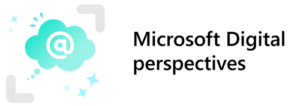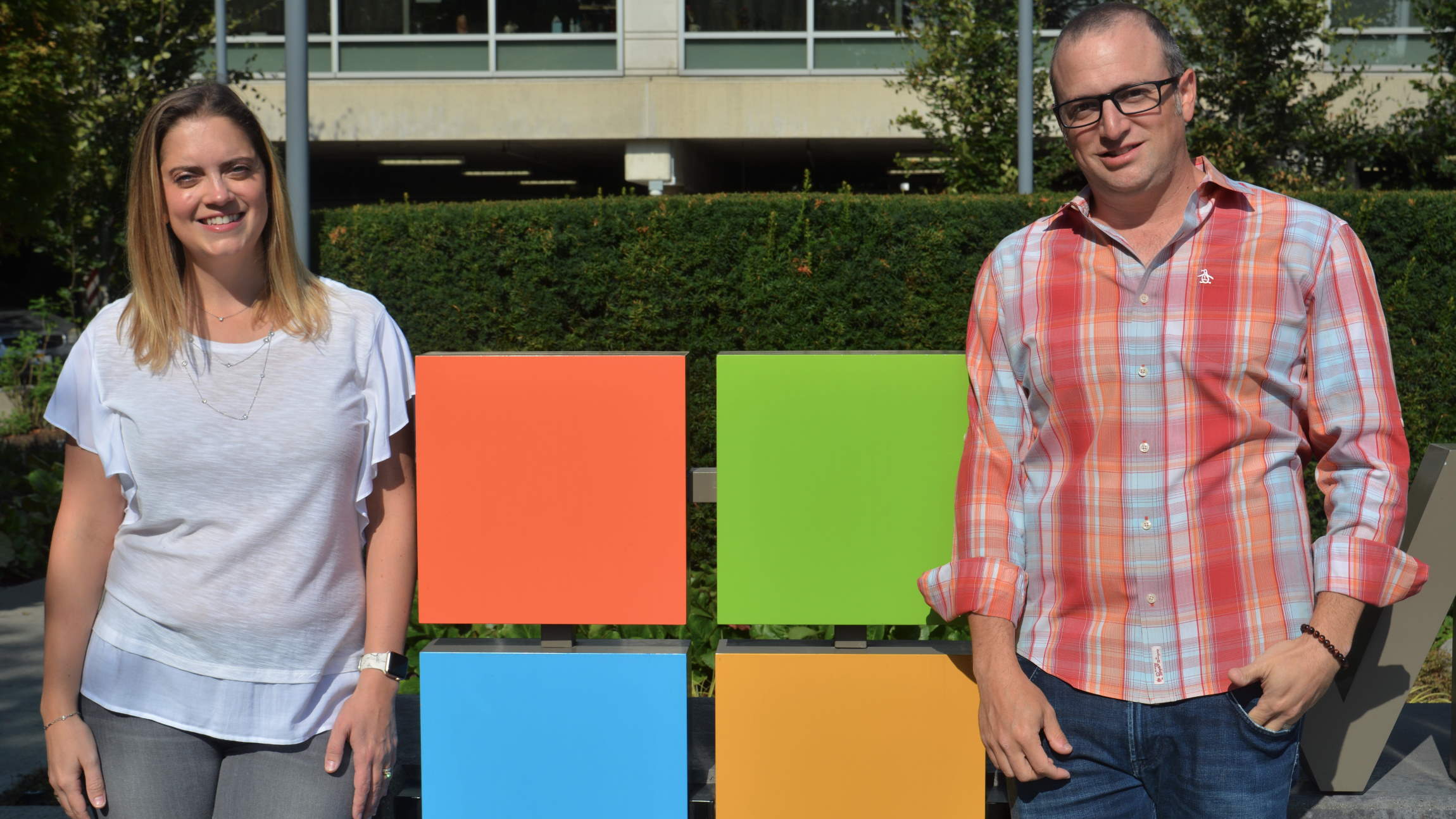 The transformation of Microsoft’s employee experience has a key pillar: giving employees confidence that their voice matters.
The transformation of Microsoft’s employee experience has a key pillar: giving employees confidence that their voice matters.
A fundamental element to empowering employees is transforming employee signals to an actionable list of employee challenges and needs.
In the first and second posts in this series, we explored strategies to capture employee signals and an approach to analysis and prioritization. Part of the advantages we have at Microsoft is that we have a talented group of program managers and support teams strategically located across the globe and sitting with our employees.

In this article, we focus on how employee needs get prioritized for investment. In discussions with companies across many industries (insurance, healthcare, automotive, beauty, retail, and more), the struggle is the same: with so many competing needs, how do we prioritize the right investments and improvements in our technologies to—in our case—improve Microsoft’s employee experience?
The most challenging aspect of improving Microsoft’s employee experience is influencing the decision-makers to agree that:
- The employee need is significant enough to warrant being a priority.
- Funds and other resources should be allocated to fix it.
- A plan is needed to effectively land the change once implemented with the employee base.
[Read the first blog post in this series about how digital transformation is powering the Microsoft employee experience, and check out the second blog post about transforming Microsoft’s employee experience by listening to employee signals. Learn how Microsoft is reimagining meetings for a hybrid work world.]
Data-driven business cases to influence
At Microsoft, we create a business case to support each identified top challenge. We’ve learned that the best business cases tell a story reinforced by irrefutable data. It also identifies root causes and potential solutions as well success measures to understand when the need has been met.
In the first and second post in this series, we discuss the example of our sellers having issues gaining access to a key sales system. Potential cost savings can provide powerful evidence to support the business case for change. We knew that our support teams were burdened by increasing support requests in multiple countries, as nearly 45 percent of support incidents were associated with these issues. The business case showed the actual cost and resource impact (both support engineer time and impact on seller productivity) associated with this issue. Identifying these costs is meaningful because they impact two different leadership groups—support engineering and sales. Support leadership faces constant pressure to lower costs while sales leadership cares about increasing face time with the customer and boosting seller productivity.
The business case also included an action plan to identify key next steps: stakeholders that need to be involved and building consensus on a path forward. Microsoft, like many large enterprises, has a complex organizational structure and competing internal priorities. As a result, it can be difficult to build consensus. The action plan is meant to provide clarity on next steps to drive stakeholder alignment. Planning up-front helps to ensure a comprehensive solution with the right levels of buy-in, avoiding headaches during delivery.
Delivering change back to employees
A substantial part of solving the employee challenge is designing and building a solution that is inclusive of people, process, tools, and information. Beyond solutioning, our focus here is on delivering a change and communicating it to employees once it has been identified, developed, and deployed.
At Microsoft, we’ve adopted a people-centric model for change management that prepares, equips, and supports employees as they move through a change. We have team members who are embedded in strategic locations around the globe, which helps us build deeper relationships, empathy, and cultural understanding of how a change might be perceived at a local level. Our change approach is customized by business requirements and local subtleties. Changes to address a top employee challenge are easily connected back to the employee signals. Because of this, we can articulate a change in the context of the original employee pain point: “You asked, we answered.”

Our people-centric model creates a virtuous, closed loop cycle. Now that the employee feels heard and their challenges are addressed, employees are empowered to be more vocal about their future experiences.
We’ve had many successes with this approach and continue to evolve as we learn more about empowering employees through our listening efforts. It’s one of our key methods for driving digital transformation at Microsoft.
How are you empowering your employees at your company? To share your experiences, ask other IT professionals and partners for advice or information, and find additional resources, join the new Microsoft 365 Community.
Let’s keep the conversation going! Please continue to visit Microsoft Digital Inside Track for more on how we’re digitally transforming at Microsoft.
Learn how Microsoft is reimagining meetings for a hybrid work world.




